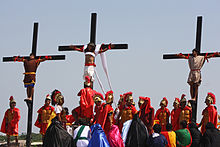
Crucifixion is a method of capital punishment in which the condemned is tied or nailed to a large wooden cross, beam or stake and left to hang until eventual death. It was used as a punishment by the Persians, Carthaginians, and Romans, among others. Crucifixion has been used in some countries as recently as the early 20th century.

Good Friday is a Christian holiday commemorating the crucifixion of Jesus and his death at Calvary. It is observed during Holy Week as part of the Paschal Triduum. It is also known as Holy Friday, Great Friday, Great and Holy Friday, and Black Friday.
The Penitent Thief, also known as the Good Thief, Wise Thief, Grateful Thief, or Thief on the Cross, is one of two unnamed thieves in Luke's account of the crucifixion of Jesus in the New Testament. The Gospel of Luke describes him asking Jesus to "remember him" when Jesus comes into his kingdom. The other, as the impenitent thief, challenges Jesus to save himself and both of them to prove that he is the Messiah.

Melchora Aquino was a Filipino revolutionary. She became known as "Tandang Sora" because of her age during the Philippine Revolution.
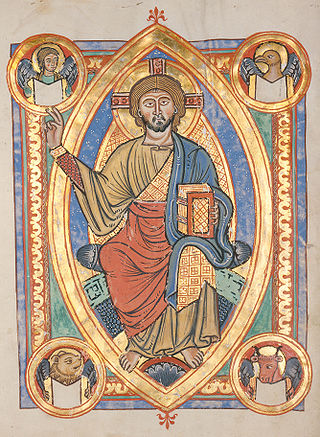
The Stations of the Cross or the Way of the Cross, also known as the Way of Sorrows or the Via Crucis, are a series of images depicting Jesus Christ on the day of his crucifixion and accompanying prayers. The stations grew out of imitations of the Via Dolorosa in Jerusalem, which is a traditional processional route symbolising the path Jesus walked to Mount Calvary. The objective of the stations is to help the Christian faithful to make a spiritual pilgrimage through contemplation of the Passion of Christ. It has become one of the most popular devotions and the stations can be found in many Western Christian churches, including those in the Roman Catholic, Lutheran, Anglican, and Methodist traditions.

San Pedro Cutud is a barangay in the city of San Fernando, Pampanga province in the Philippines, approximately 70 kilometers (43 mi) north of Manila.
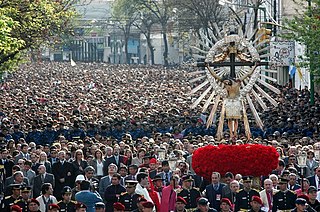
A Holy Week procession is a public ritual march of clergy and penitents which takes place during Holy Week in Christian countries, especially those with a Catholic culture. Various images of the saints, especially the Virgin Mary, and most importantly the image of the crucified Christ are carried aloft by foot on shoulder-borne pasos as an act of penance; acts of mortification are carried out; traditional Christian hymns and chants are sung. In many confraternities of penitents, the faces of the members are covered by elaborate hoods, such as the capirote, as a way of hiding one's identity in order to not ostentatiously draw attention to oneself while performing penance. Crosses, and biers holding Catholic holy images surrounded with flowers and offerings of candles, are carried usually from one parish church to another led by the clergy, monastic orders, or heads of the penitential orders.

Obando, officially the Municipality of Obando, is a 2nd class municipality in the province of Bulacan, Philippines. According to the 2020 census, it has a population of 59,978 people.

Hagonoy, officially the Municipality of Hagonoy, is a 1st class municipality in the province of Bulacan, Philippines. According to the 2020 census, it has a population of 133,448 people.
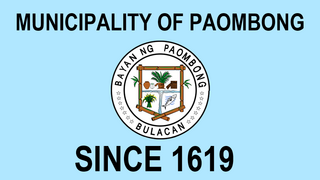
Paombong, officially the Municipality of Paombong, is a 3rd class municipality in the province of Bulacan, Philippines. According to the 2020 census, it has a population of 55,696 people.

The San Pedro Cutud Lenten Rites is a Holy Week re-enactment of Christ's Passion and Death which takes place in Barangay San Pedro Cutud, City of San Fernando, Pampanga in the Philippines.
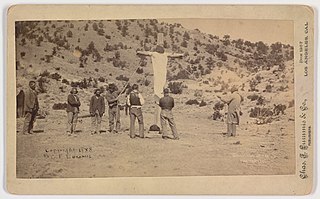
Los Hermanos de la Fraternidad Piadosa de Nuestro Padre Jesús Nazareno, also known as Los Penitentes, Los Hermanos, the Brotherhood of our Father Jesus of Nazareth and the Penitente Brotherhood, is a lay confraternity of Spanish-American Catholic men active in Northern and Central New Mexico and southern Colorado. They maintain religious meeting buildings, which are not formal churches, called moradas.
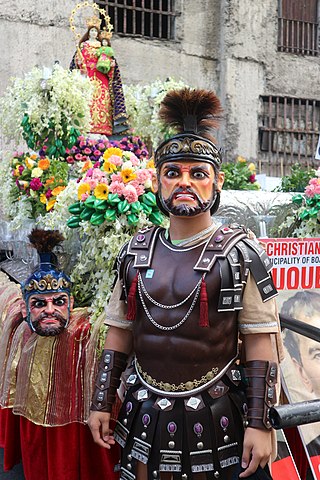
The Moriones Festival is a lenten and religious festival held annually on Holy Week on the island of Marinduque, Philippines. The "Moriones" are men and women in costumes and masks replicating the garb of biblical Imperial Roman soldiers as interpreted by locals. The Moriones tradition has inspired the creation of other festivals in the Philippines where cultural practices is turned into street festivals.
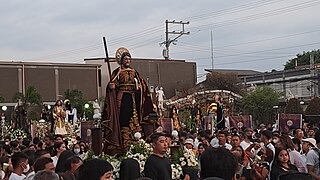
Holy Week is a significant religious observance in the Philippines for the Catholic majority, the Iglesia Filipina Independiente or the Philippine Independent Church, and most Protestant groups. One of the few majority Christian countries in Asia, Catholics make up 78.8 percent of the country's population, and the Church is one of the country's dominant sociopolitical forces.
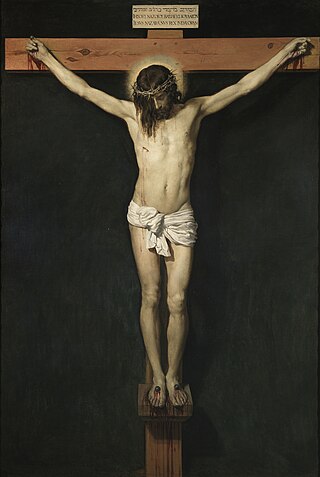
The crucifixion of Jesus was the execution by crucifixion of Jesus of Nazareth in 1st-century Judaea, most likely in AD 30 or AD 33. It is described in the four canonical gospels, referred to in the New Testament epistles, attested to by other ancient sources, and is broadly accepted as one of the events most likely to have occurred during his life. There is no consensus among historians on the details.

Crucifixions and crucifixes have appeared in the arts and popular culture from before the era of the pagan Roman Empire. The crucifixion of Jesus has been depicted in a wide range of religious art since the 4th century CE, frequently including the appearance of mournful onlookers such as the Virgin Mary, Pontius Pilate, and angels, as well as antisemitic depictions portraying Jews as responsible for Christ's death. In more modern times, crucifixion has appeared in film and television as well as in fine art, and depictions of other historical crucifixions have appeared as well as the crucifixion of Christ. Modern art and culture have also seen the rise of images of crucifixion being used to make statements unconnected with Christian iconography, or even just used for shock value.

Ruben Enaje is a Filipino carpenter, sign painter, and former construction worker. He is noted for being crucified 34 times as of 2023.

Holy Week in Mexico is an important religious observance as well as important vacation period. It is preceded by several observances such as Lent and Carnival, as well as an observance of a day dedicated to the Virgin of the Sorrows, as well as a Mass marking the abandonment of Jesus by the disciples. Holy Week proper begins on Palm Sunday, with the palms used on this day often woven into intricate designs. In many places processions, Masses and other observances can happen all week, but are most common on , Good Friday, Holy Saturday and Easter Sunday, with just about every community marking the crucifixion of Jesus in some way on Good Friday. Holy Saturday is marked by the Burning of Judas, especially in the center and south of the country, with Easter Sunday usually marked by a Mass as well as the ringing of church bells. Mexico's Holy Week traditions are mostly based on those from Spain, brought over with the Spanish conquest of the Aztec Empire, but observances have developed variations in different parts of the country due to the evangelization process in the colonial period and indigenous influences. Several locations have notable observances related to Holy Week including Iztapalapa in Mexico City, Taxco, San Miguel de Allende and San Luis Potosí.
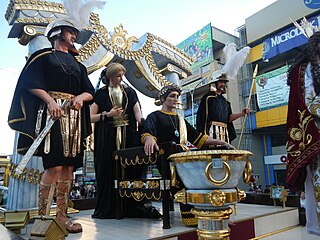
Good Friday processions in Baliuag or Holy Week procession in Baliuag, Bulacan is an event taking place in Holy Week, in a traditional Roman Catholic culture of the St. Augustine Parish Church of Baliuag.

In Taxco, the processions and ceremonies of Holy Week are elaborate and have gained international fame. Between Palm Sunday and Easter Sunday, there are ten major processions, six during the evening and four during the day. Most processions are about two and a half kilometers long and take about two hours to complete. These commemorations date back to at least 1622 when they were begun in the atrium of the Church of the Ex monastery of San Bernardino de Siena. Now these processions and ceremonies center of the Santa Prisca Church.
